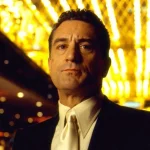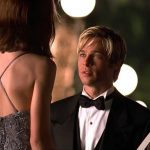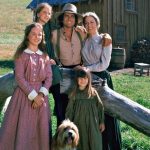The Hidden Fortress (1958)

“The Hidden Fortress,” directed by Akira Kurosawa and released in 1958, is a classic Japanese film that blends adventure, drama, and comedy. The film is notable for its innovative storytelling techniques and has had a lasting influence on cinema, including inspiring George Lucas’s “Star Wars.”
The plot follows two bumbling peasants, Tahei (Minoru Chiaki) and Matashichi (Kamatari Fujiwara), who stumble upon a general named Rokurota (Toshiro Mifune) and a princess, Yuki (Misa Uehara), who are trying to escape from enemy territory. The general is tasked with escorting the princess to safety while transporting a hidden treasure—a cache of gold. The peasants, motivated by greed, agree to help them, leading to a series of comedic and perilous encounters.
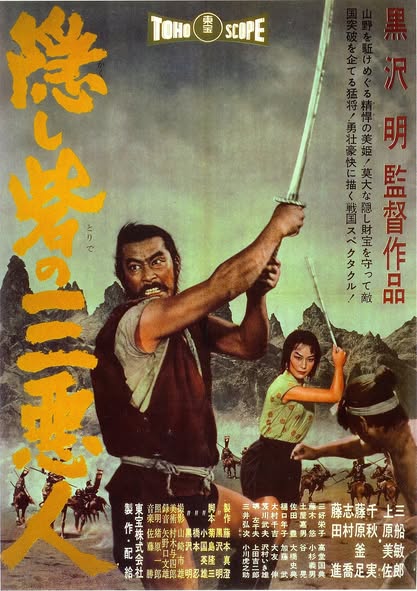
Kurosawa’s direction showcases his mastery of visual storytelling, using wide shots and dynamic camera movements to create a sense of scale and action. The film contrasts the perspectives of the noble characters with the comedic antics of the peasants, providing both drama and humor.

The performances, particularly by Mifune, are engaging, capturing the essence of honor and loyalty that permeates the film. The cinematography beautifully captures the Japanese landscapes, enhancing the epic feel of the narrative.
“The Hidden Fortress” explores themes of class disparity, loyalty, and the nature of heroism. Its structure, which focuses on the journey of the peasants, adds a unique twist to the traditional samurai narrative.
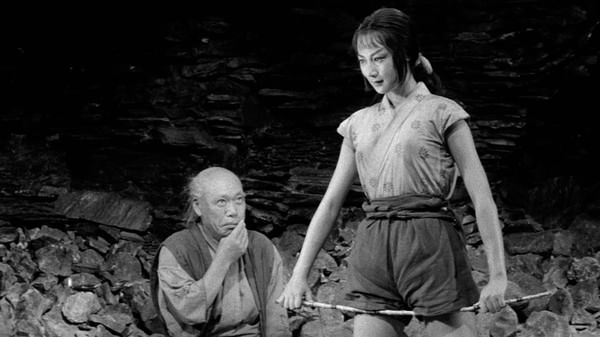
Upon its release, the film received critical acclaim and has since been recognized as one of Kurosawa’s masterpieces. It remains influential in the realm of filmmaking, particularly in its impact on the adventure genre.
In conclusion, “The Hidden Fortress” is a seminal work that combines action, humor, and rich storytelling. Its innovative techniques and enduring themes make it a significant entry in the history of cinema, showcasing Kurosawa’s brilliance as a filmmaker.
